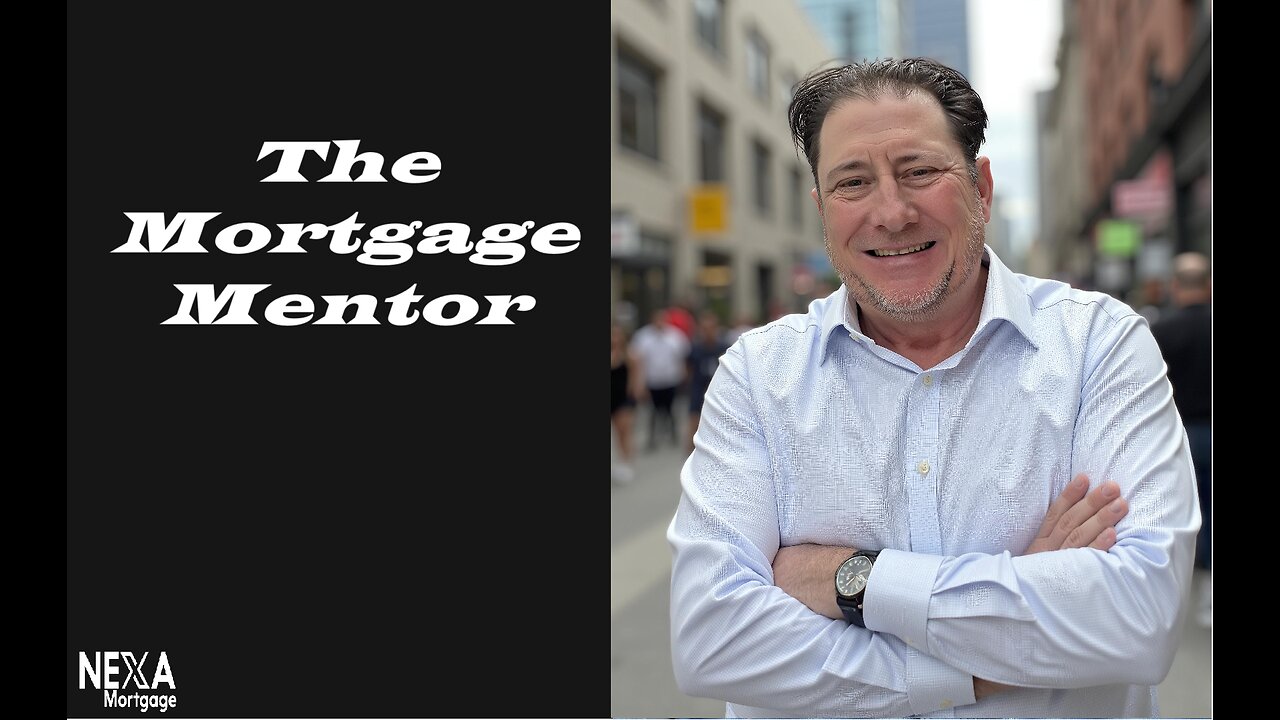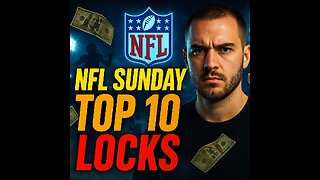Premium Only Content

No Doc Loans
Navigating the World of No-Doc/No-Ratio Loans: What You Need to Know
The phrase "no-doc" or "no-ratio" loan conjures images of simplified lending, bypassing the traditional mountains of paperwork. While the landscape has shifted significantly since the 2008 financial crisis, certain loan products still offer a streamlined approach to borrowing, particularly for specific scenarios. Let's delve into what these loans entail and who they might benefit.
Understanding the Terminology:
No-Doc Loan: Historically, this meant minimal to no income verification. Today, it generally signifies a loan requiring less traditional documentation, often relying on alternative verification methods.
No-Ratio Loan: This term refers to loans that don't heavily rely on debt-to-income (DTI) ratios for approval. Lenders may consider other factors to assess your ability to repay.
No Income Verification/No Employment Verified: These terms are very literal. They mean that the lender is not requiring paystubs, W2s, or direct employment verification.
The Modern Reality:
It's crucial to understand that completely "no-doc" loans, as they existed pre-2008, are rare. Lenders are now subject to stricter regulations designed to prevent risky lending practices. However, certain loan products cater to borrowers with unique financial situations:
Who Might Benefit from These Loans?
Self-Employed Individuals: Entrepreneurs and freelancers with fluctuating income may find traditional income verification challenging. No-doc/no-ratio loans can provide a more flexible approach.
Real Estate Investors: Investors seeking quick access to funding for property purchases or renovations may find these loans attractive.
Borrowers with Complex Financial Situations: Individuals with unconventional income streams or those who have experienced recent financial transitions may find these loans a viable option.
Those with asset based lending needs: Some lenders will lend based on assets, and not income.
Key Considerations:
Higher Interest Rates and Fees: No-doc/no-ratio loans typically carry higher interest rates and fees due to the increased risk for lenders.
Alternative Verification: Lenders may rely on alternative verification methods, such as:
Bank statements
Asset verification
Credit scores
Business revenue
DSCR (Debt service coverage ratio)
Down Payment Requirements: Lenders may require larger down payments to mitigate risk.
Loan Types: These loans are more common in areas like:
Business loans
Commercial real estate loans
Investment property loans
Hard money loans.
Risk assessment: These loans are riskier for the lender, which means they are also riskier for the borrower. Ensure you can afford the loan.
Important Note:
While no-doc/no-ratio loans can offer flexibility, it's essential to proceed with caution. Thoroughly research lenders, carefully review loan terms, and ensure you understand the potential risks.
Book a call with The Mortgage Mentor
https://calendly.com/matt_dean/mortgage-planning-session
-
 LIVE
LIVE
Coldbiscuits
2 hours ago🔴I Came Here to Fight Robots and Miss Shots | THE ARC RAIDER
24 watching -
 LIVE
LIVE
Major League Fishing
3 days agoLIVE! - Fishing Clash Team Series: Summit Cup - Day 1
684 watching -
 4:38
4:38
Talk Nerdy Sports - The Ultimate Sports Betting Podcast
5 hours agoNFL SUNDAY — Top 10 Locks You NEED to See (Nov 17)
30K -
 18:03
18:03
Nikko Ortiz
4 hours agoNikko Ortiz Night Routine...
22K9 -
 21:37
21:37
Forrest Galante
17 hours ago6 Deadly Sea Monsters That Actually Exist
123K8 -
 LIVE
LIVE
JdaDelete
4 hours ago $2.53 earnedElden Ring | First Playthrough Episode 10
117 watching -
 8:10
8:10
MattMorseTV
1 day ago $67.88 earnedDemocrats caught COLLUDING with Epstein.
91.3K147 -
 2:05:50
2:05:50
Pepkilla
5 hours agoBreakfast First ~ Camo Grind Call Of Duty Black Ops 7
18.8K1 -
 LIVE
LIVE
DannyStreams
7 hours ago🟢 Live: Coffee & Tasking | 100 follower Grind
32 watching -
 2:03:42
2:03:42
The Connect: With Johnny Mitchell
1 day ago $15.10 earnedAmerican Vigilante Reveals How He Went To WAR Against The WORST Cartels In Mexico
44.1K3